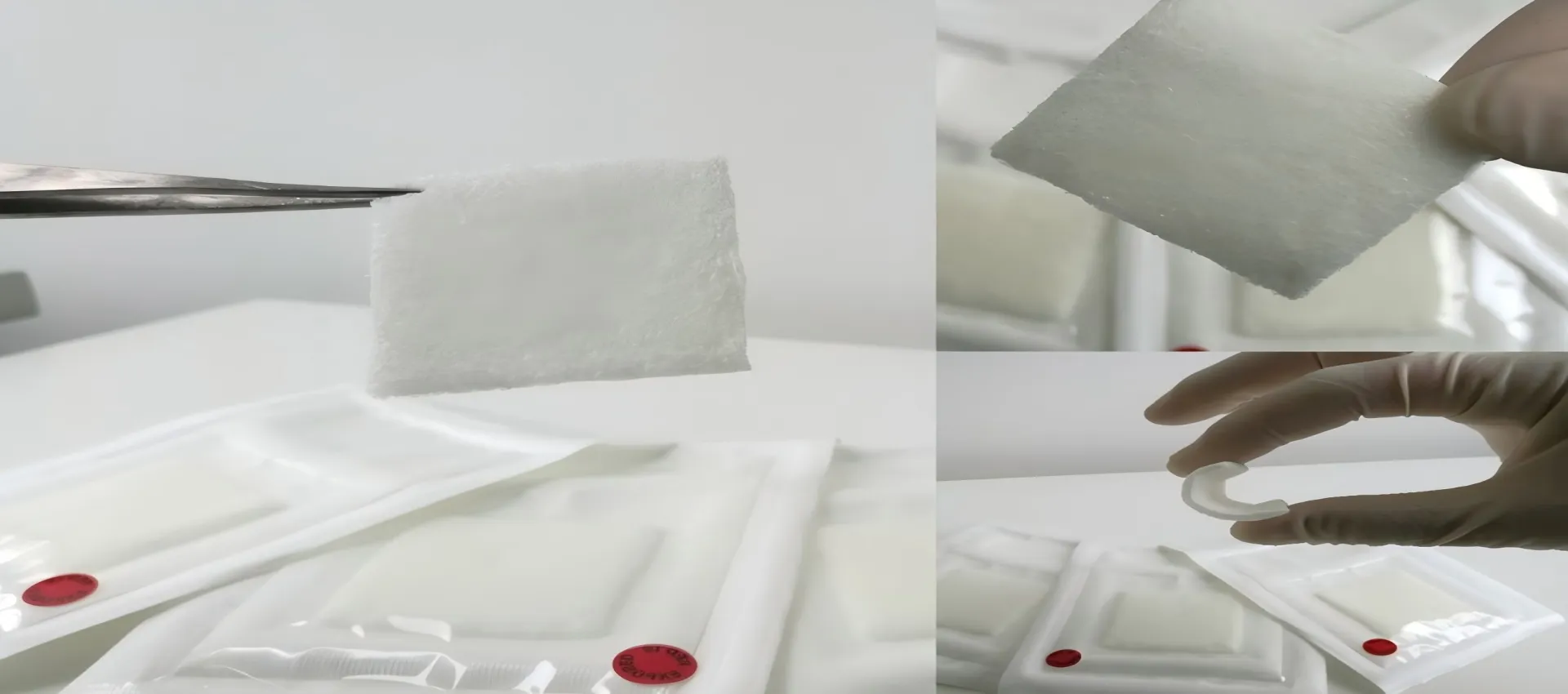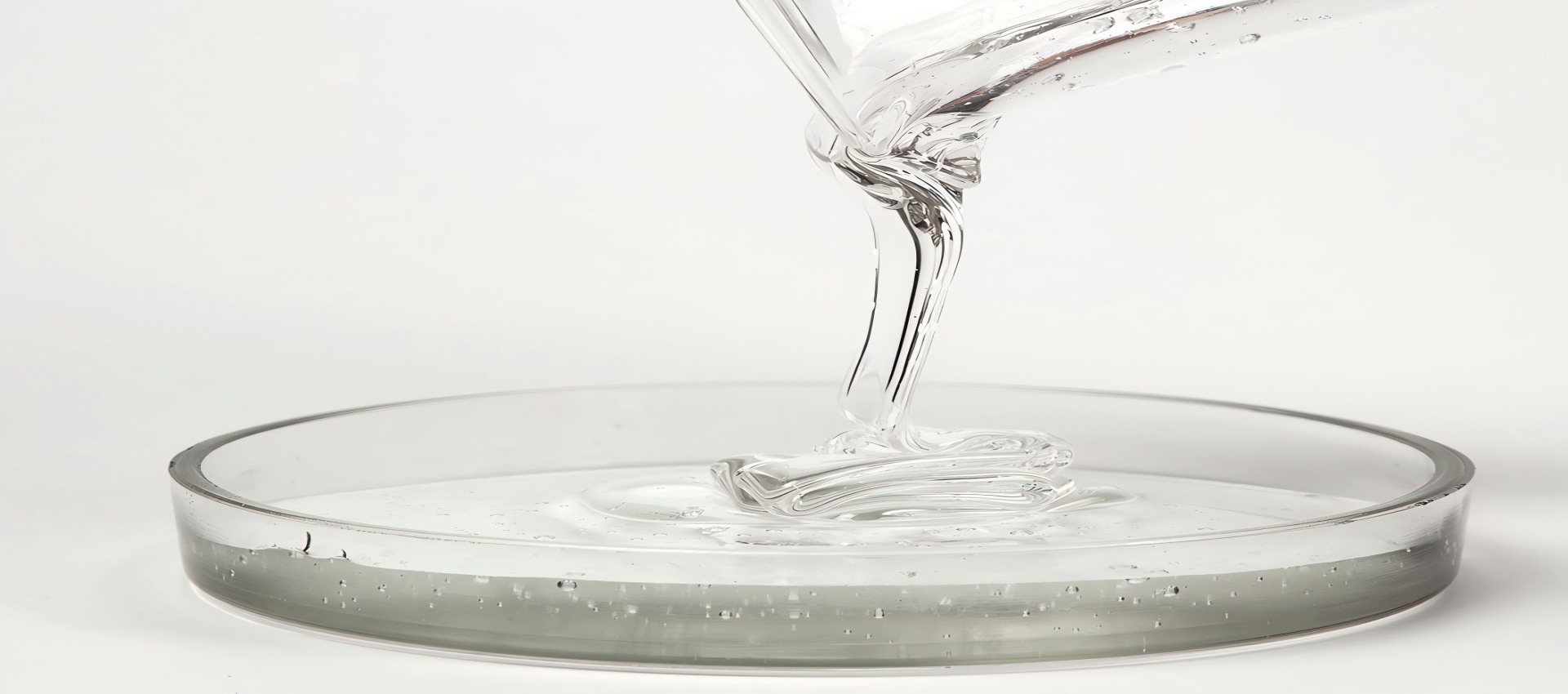
heptamethyltrisiloxane factory&supplier

Heptamethyltrisiloxane
Everything you need to know about our products and company
Heptamethyltrisiloxane is gaining recognition as a versatile performance additive in various industrial sectors due to its unique combination of low viscosity, high volatility, and exceptional surface activity. This organosilicone compound serves as an efficient process aid and functional modifier across multiple applications.
Heptamethyltrisiloxane offers advantages including high thermal stability, chemical inertness, and compatibility with most industrial materials. Its balanced volatility provides adequate working time while ensuring eventual complete evaporation from treated surfaces.
As industries seek more efficient and environmentally responsible process chemicals, heptamethyltrisiloxane represents a valuable multifunctional additive that enhances performance while supporting sustainable manufacturing objectives.
Basic Product Information
TYPICAL PROPERTIES
| Appearance | colorless transparent liquid |
| purity (GC),% | >99 |
| Molecular weight | 222.5 |
Physical Properties
Chemical Properties
Safety Certifications
Product Functions
Reduces surface energy (15–25 mN/m) to enhance hydrophobic/oleophobic properties (contact angle >110°).
Improves substrate wettability, boosting adhesion of coatings and adhesives (peel strength +30–50%).
Acts as a high-efficiency leveling agent, eliminating surface defects (e.g., orange peel, cratering) in industrial products.
Lowers melt viscosity (by 40–60%), enhancing processing fluidity for composites.
Forms a nanoscale protective network to improve weather resistance (UV stability ≥90% after 1000h) and chemical stability (resistance to acids/alkalis).
Serves as a reactive intermediate in silane crosslinking reactions (curing efficiency +20–35%).
Applications
Applications: Modification of PP, PE, ABS, and other polymers.
Key Benefits: Enhances mechanical properties (e.g., impact resistance, flexibility) and processability.
Applications: Additives for silicone rubber, EPDM, etc.
Key Benefits: Improves crosslinking efficiency and thermal stability (e.g., reduces compression set by 15–25%).
Applications: Pre-treatment for anti-corrosion coatings.
Key Benefits: Enhances coating adhesion (peel strength +20–40%) and extends substrate lifespan.
Applications: Encapsulants, conductive adhesives.
Key Benefits: Provides moisture resistance (<0.1% water absorption) and stable electrical conductivity (10⁻³–10⁻⁵ Ω·cm).
Applications: Lithium battery separators, photovoltaic materials.
Key Benefits:
Battery separators: Improves thermal stability (>200°C shutdown) and ionic conductivity.
PV materials: Enhances UV resistance (>95% retention after 25 years).
Core Advantages
| Advantages | Industrial Value | Technical Indicators |
| Super Wetting | Improves surface adhesion of materials, enhances uniformity of coatings/printing Improves wettability of inks and coatings on hydrophobic substrates | Contact angle reduced to <10° |
| Thermal Stability | Suitable for high-temperature processing scenarios (e.g., injection molding, extrusion) Prolongs service life of materials in high-temperature environments | Continuous resistance to 250℃ |
| Energy Efficiency | Reduces processing energy consumption and production cycle Minimizes equipment wear and production costs | Processing energy consumption reduced by 20-30% |
| Multifunctional Compatibility | Widely compatible with various resin systems, enhancing formulation flexibility Supports composite function development (e.g., flame retardancy and antistatic synergy) | Compatible with 20+ resin systems |
Market Value
Global Market Overview and Growth Drivers of HMTS
Overall Industrial Sector: The global market size of HMTS is approximately US$350–420 million, with the textile sector accounting for 35%. The remaining 65% (about US$230–270 million) is distributed across the following industrial applications:
Coatings & Inks (30%)
Electronics & Semiconductors (25%)
Personal Care & Cosmetics (20%)
Industrial Cleaning & Release Agents (15%)
Others (10%, including pesticides, adhesives, etc.)
Miniaturization of Electronics Industry:
HMTS is used as a solvent for temporary bonding adhesives in semiconductor packaging, driven by surging demand for 5G/AI chips.
Transition to Green Coatings:
Replaces toxic solvents like xylene/DMF, compliant with EU REACH regulations.
High-Efficiency Pesticide Additives:
Enhances leaf surface spreadability of insecticides, fueled by global precision agriculture trends.
Future Trends (2030 Outlook)
Semiconductor Localization: Demand from Chinese manufacturers like Yangtze Memory and SMIC will drive localization of electronic-grade HMTS (potential market >US$120 million).
Green Pesticides: The HMTS additives market is expected to grow at 8–10% annually under global precision agriculture trends.
Experimental Data & Case Studies
Data:
PP + 0.3% additive: Melt flow index increased from 25g/10min to 38g/10min (ASTM D1238).
Surface gloss of products improved by 35% (ASTM D523).
Case Study:
Automotive Parts Manufacturer: Injection molding cycle shortened by 15%, annual production increased by 2 million pieces.
Data:
Epoxy resin + 1% additive: Thermal conductivity increased from 0.8 to 1.2W/m·K (ASTM D5470).
Moisture sensitivity level certified as MSL 1 (JEDEC J-STD-020).
Case Study:
Top 3 Domestic Chip Packaging Enterprises: Product yield improved by 8%.
Data:
Coating uniformity deviation <2% (measured by laser thickness gauge).
Electrolyte contact angle reduced from 75° to 12°.
Case Study:
Leading New Energy Enterprise: Separator liquid absorption rate increased by 40%, battery cycle life extended.
Preparation Process, Core Technologies, and Precautions
Preparation Processes
Raw Material Pretreatment:
Industrial-grade trimethylchlorosilane and hexamethyldisiloxane undergo strict purification (e.g., distillation, adsorption) to remove metal ions and unsaturated impurities (<50 ppm).
Catalysts (concentrated sulfuric acid) and organic solvents (toluene, ≥99.5% purity) are prepped.
Reaction Process:
Hydrolysis: In a stirred reactor, toluene and water (volume ratio 3:1) are mixed, and trimethylchlorosilane is slowly added dropwise at 20–40°C to form trimethylsilanol. HCl byproduct is released.
Condensation: Hexamethyldisiloxane is added post-hydrolysis, and the temperature is raised to 60–80°C. Under sulfuric acid catalysis, condensation occurs with continuous removal of HCl and low-boiling volatiles via distillation.
Post-Treatment:
Neutralization: Sodium carbonate solution (5–10% wt) is added to neutralize residual acid (pH 6–7).
Washing & Separation: The mixture is washed with deionized water, and the organic phase is separated (toluene layer).
Drying & Distillation: The organic phase is dried over anhydrous Na₂SO₄, then vacuum-distilled (50–80°C, 5–10 kPa) to collect HMTS (purity ≥95%).
Raw Material Preparation:
Methyl hydrogen silicone oil (Si-H content 1.5–2.0 mmol/g), vinyl trimethoxysilane (≥98%), chloroplatinic acid-isopropanol catalyst (Pt concentration 2000–5000 ppm), and isopropanol solvent.
Addition Reaction:
In a dry reactor, methyl hydrogen silicone oil and isopropanol are mixed, followed by the catalyst. Vinyl trimethoxysilane is added dropwise at 80–110°C under nitrogen, with stirring for 3–5 hours until Si-H conversion >95% (monitored by FTIR).
Hydrolysis-Polycondensation:
Water (molar ratio H₂O:Si=1.2:1) and acetic acid (pH 3–4) are added to hydrolyze the intermediate into silanols, which then polycondense at 50–70°C for 2–3 hours.
Separation & Purification:
Filtration: Removes catalyst residues (e.g., Pt complexes) via diatomaceous earth filtration.
Vacuum Distillation: Isopropanol and byproducts are removed at 60–90°C/10–20 kPa.
Membrane Separation (Optional): For electronics-grade HMTS, nanofiltration (100–300 kDa) removes trace metal ions (<1 ppm).
Core Technologies
Impurity Control Technology:
Measures: Distillation columns (efficiency ≥99%) and activated carbon adsorption remove Fe³⁺, Al³⁺, and unsaturated silanes.
Impact: Reduces side reactions (e.g., gel formation) and improves product clarity (APHA ≤20).
Continuous Reaction Technology:
Equipment: Tubular reactors with static mixers enable residence time control (5–10 min) and flow rates up to 1000 L/h.
Benefits: 30% higher productivity than batch processes, with energy consumption reduced by 25%.
Byproduct Treatment Technology:
HCl Recovery: A three-stage absorption tower converts HCl to 31% industrial hydrochloric acid (purity ≥99%), achieving 95% recovery rate.
Catalyst Optimization Technology:
Modification: Complexing chloroplatinic acid with divinyltetramethyldisiloxane improves stability (service life extended from 5 to 10 batches).
Recovery: A resin adsorption system recovers 90% of Pt, reducing catalyst costs by 40%.
Precision Reaction Control:
Online Monitoring: Infrared spectroscopy tracks Si-H and vinyl group concentrations in real time.
PID Control: Automated systems maintain temperature (±1°C) and pressure (±5 kPa) for consistent product quality (molecular weight distribution ≤1.2).
Large-Scale Purification Technology:
Multi-Effect Distillation: A 5-column system achieves electronics-grade purity (≥99.99%) with a single pass.
Membrane Filtration: Ultrafiltration removes submicron particles (<0.1 μm), meeting semiconductor cleaning standards (particle count <100 particles/mL).
Precautions
Packaging & Ordering
Packaging: 200kg/1000kg plastic drums (customizable).
Our most popular products loved by customers worldwide
Heptamethyltrisiloxane is emerging as a transformative functional material in the pharmaceutical industry. This volatile silicone derivative combines low viscosity with high permeability, offering unique solutions for advanced drug delivery systems and medical device technologies. Certified USP Class VI and compliant with ISO 10993-5 standards, heptamet.
Heptamethyltrisiloxane is transforming the personal care industry through its unique volatile characteristics and exceptional spreading properties. This lightweight silicone fluid delivers instant sensory enhancement while providing functional benefits across various product categories. Heptamethyltrisiloxane meets rigorous safety standards including RE.
Heptamethyltrisiloxane is emerging as a powerful adjuvant in modern agriculture, leveraging its unique properties to enhance crop protection product performance. This organosilicone compound acts as a super-spreader, dramatically improving the efficacy of pesticides, herbicides, and fungicides through superior surface coverage and penetration. The mater.
Heptamethyltrisiloxane is gaining recognition as a versatile performance additive in various industrial sectors due to its unique combination of low viscosity, high volatility, and exceptional surface activity. This organosilicone compound serves as an efficient process aid and functional modifier across multiple applications. Heptamethyltrisiloxane off.